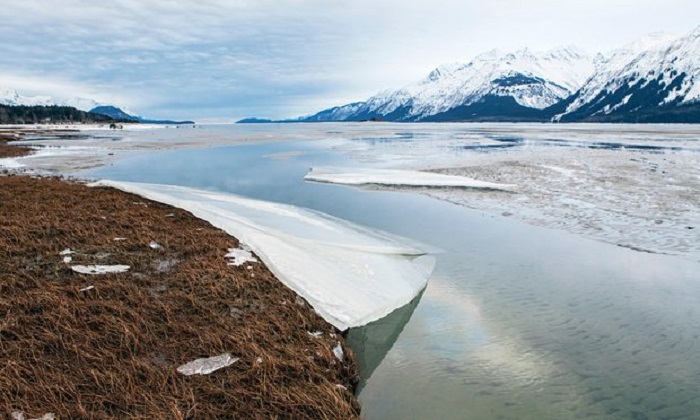2016 set to be world`s hottest year on record, says UN

The average temperature in the first six months of 2016 was 1.3C warmer than the pre-industrial era in the late 19th century, according to Nasa.
“This underlines more starkly than ever the need to approve and implement the Paris climate change agreement, and to speed up the shift to low carbon economies and renewable energy,” said the WMO secretary general, Petteri Taalas.
Under December’s Paris agreement, nearly 200 governments agreed to limit global warming to “well below” 2C above pre-industrial times, while “pursuing efforts” for a ceiling of just 1.5C. Temperatures are already nudging towards that lower limit.
“The heat has been especially pronounced in the Arctic, resulting in a very early onset of the annual melting of the Greenland ice sheet and Arctic sea ice,” the WMO said.
David Carlson, director of the WMO’s climate research programme, told a news briefing: “What we’ve seen for the first six months of 2016 is really quite alarming. We would have thought it would take several years to warm up like this. We don’t have as much time as we thought.”
WMO/NOAA chart on year-to-date global surface temperatures in 2016 Photograph: WMO/NOAA
The northern hemisphere, including the state of Alaska in the US, Canada and Russia, has posted unusually warm temperatures, he said.
The last month in which global temperatures were below the 20th-century average was December 1984.
A strong El Niño weather event in the Pacific Ocean, a phenomenon associated with extreme droughts, storms and floods, “has now disappeared”, the WMO said in a statement.
The El Niño event developed in 2015 and contributed to the record temperatures in the first half of 2016 before disappearing in May, the WMO said.
Taalas said: “Climate change, caused by heat-trapping greenhouse gases, will not [disappear]. This means we face more heat waves, more extreme rainfall and potential for higher impact tropical cyclones.”















































